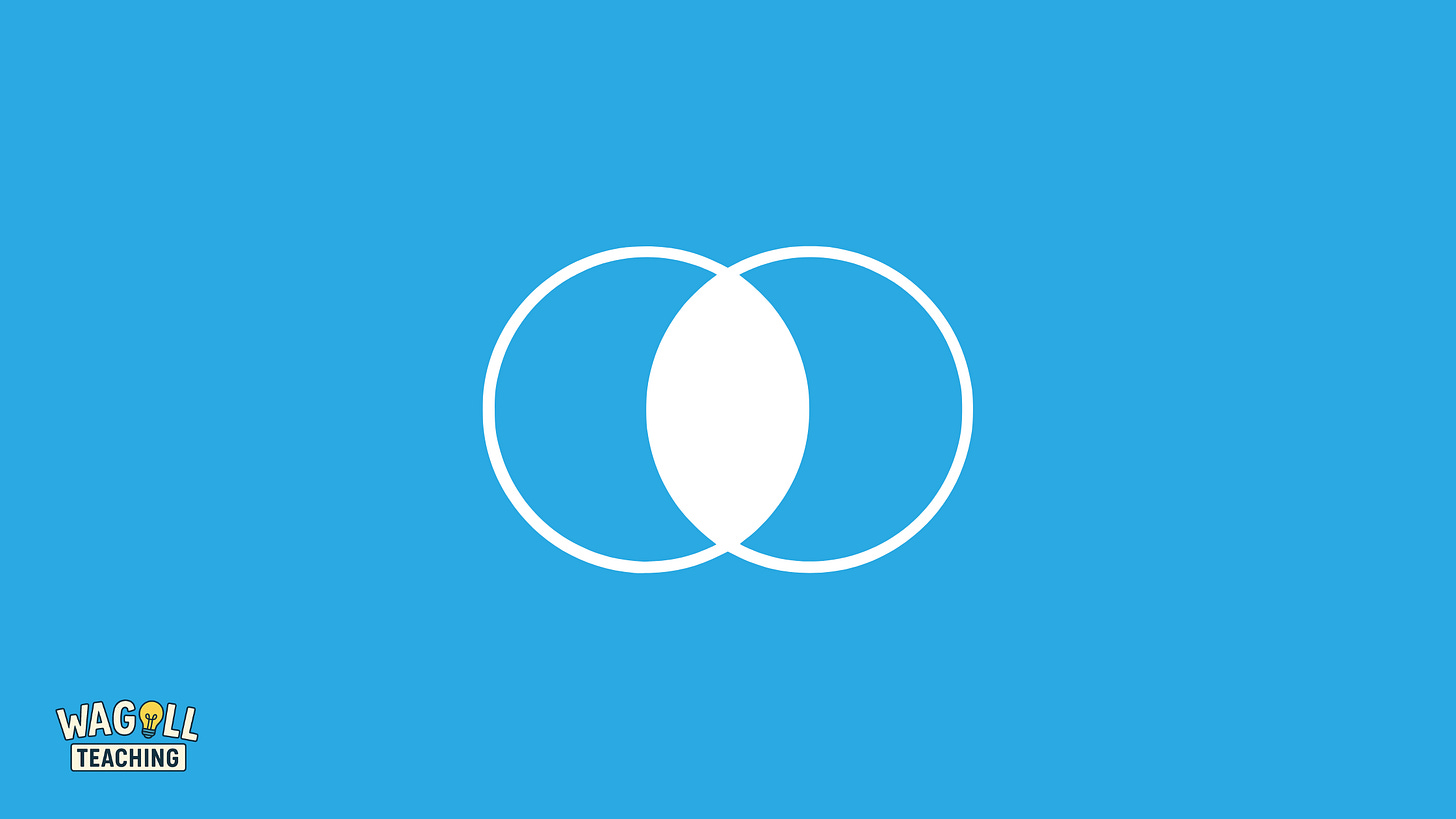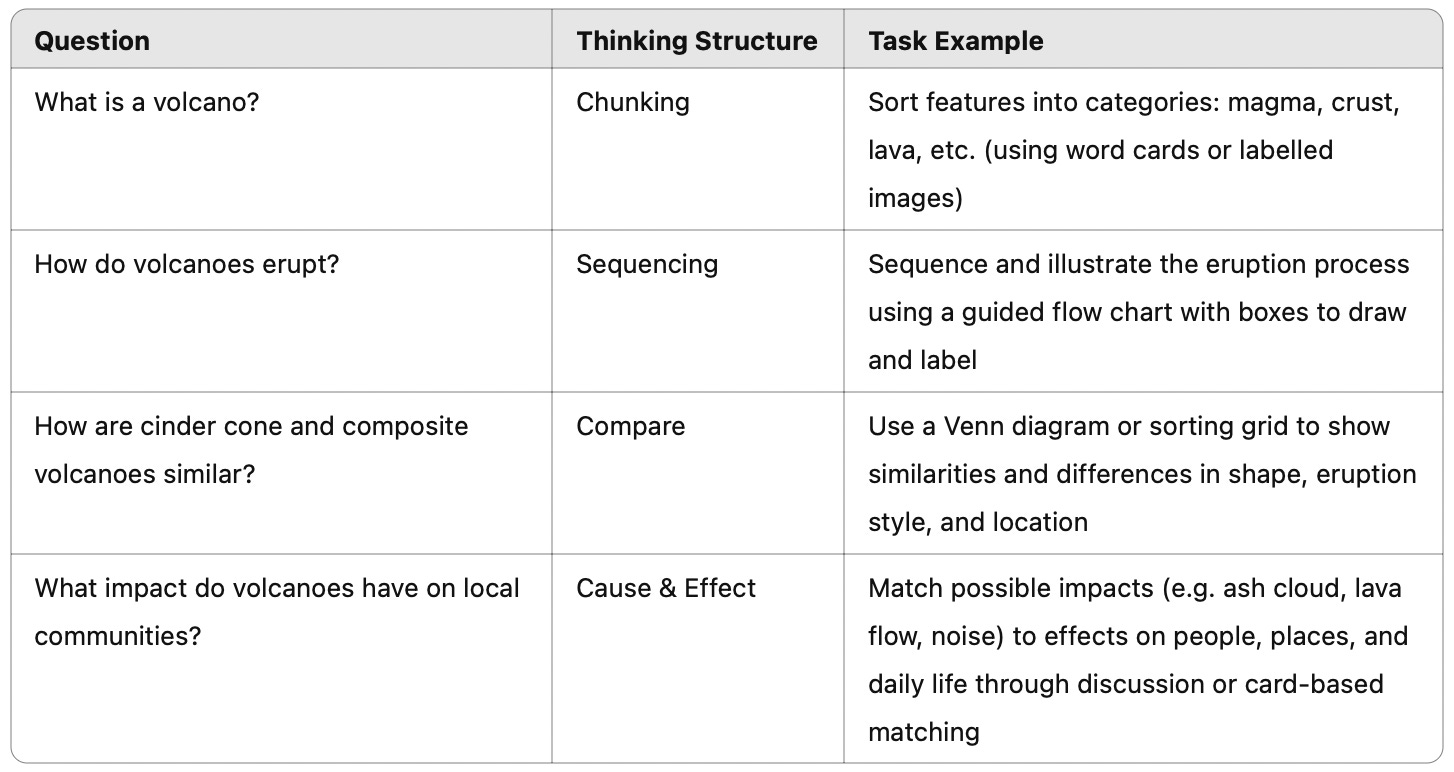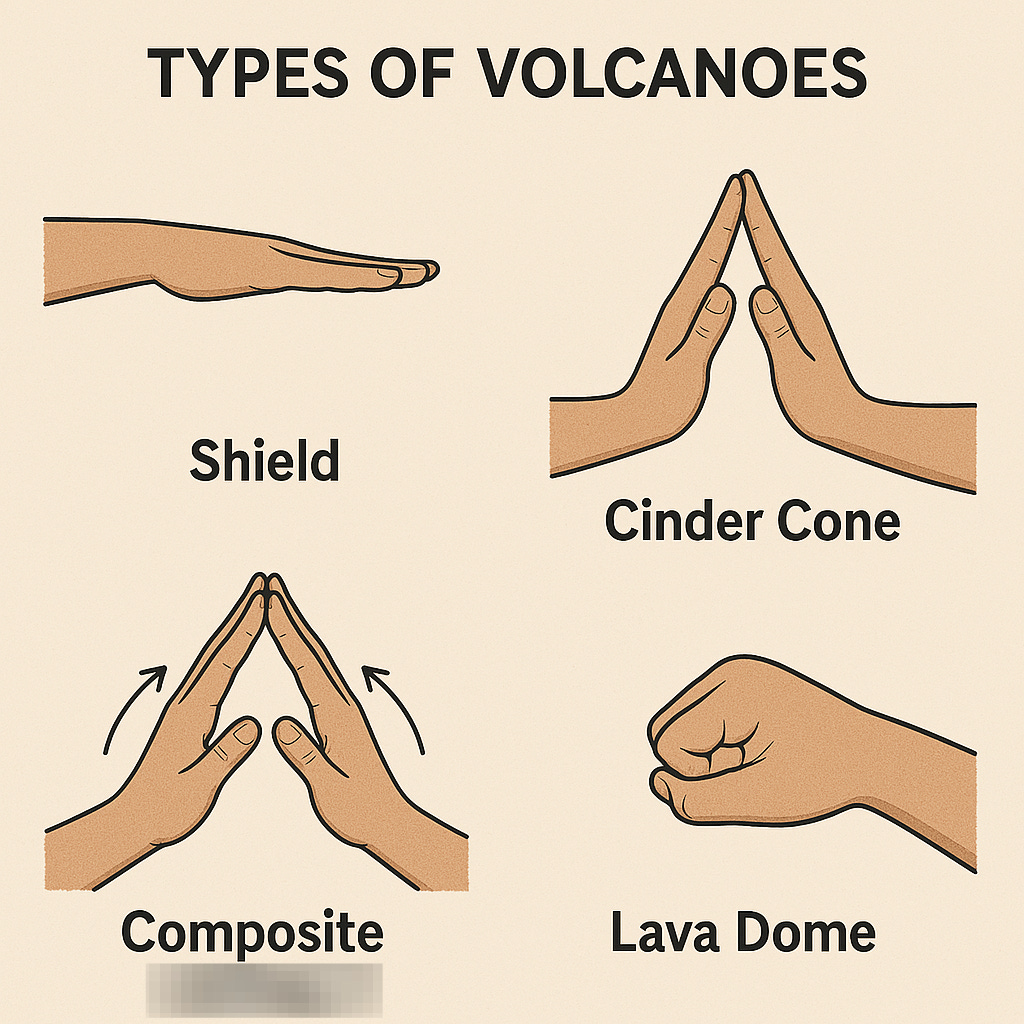Selecting Task Types: Designing Tasks That Help Children Think Part 2
If we want children to remember what they learn, we need to stop planning activities and start designing how we want them to think.
📚 Catch Up on the Series
Missed a part? Here’s what we’ve covered so far:
📦 Part 1: Organising Knowledge
Why organising knowledge makes learning stick — and how it helps shape what children remember.
🧱 Part 2: Selecting Task Types
Choosing the right structure to match the thinking: Compare, Sequence, Cause & Effect, Chunk.
Six powerful task examples that group ideas into meaningful mental ‘buckets’.
🏅 Part 4: Ranking and Comparing Knowledge
From Diamond 9s to Target Maps — helping children weigh, prioritise, and reason.
🔁 Part 5: Sequencing Knowledge
From timelines to swim lanes — helping children structure ideas, actions, and events so they flow and make sense
⚙️ Part 6: Cause and Effect Knowledge
From fishbone diagrams to consequence maps — helping children understand why things happen and what they lead to.
💡 The Big Idea
“What do I want them to know?”
“How do I want them to think about it?”
These two questions should sit at the heart of great lesson planning and task design.
In Part 1, we explored how organising knowledge helps children build schema and store information in long-term memory. We now need to turn our attention to how we can design tasks so children think and organise their knowledge in meaningful ways. If we know we want children to chunk, rank or sequence, what does this mean for the tasks we design? And to keep things explosive, we’ll use volcanoes as our thread throughout. 🌋
👀 A Closer Look
🔄 From Knowledge Type to Task Design
One of the most powerful shifts in my thinking was when I stopped jumping straight to what activity shall I plan? and instead asked:
What kind of knowledge are children working with and how should I ask them to organise it?
The types of questions we would like children to answer with the new knowledge give us clear clues. And language within these questions points us towards the way we want children to think. This helps us consider the tasks that will support this thinking - tasks that will support schema development.
Let’s stick with our volcano theme:
Each question naturally leads to a different way of organising knowledge:
“What is…?” → supports categorising or chunking knowledge. Identifying different parts of the knowledge we wish children to understand.
“How do…?” → leads to sequencing steps or stages. Ordering the key events of a process.
“Similar…” → encourages comparison, differentiation and connection between ideas.
“Impact…” → prompts thinking about cause and effect—how certain events trigger certain outcomes and consequences.
🔄 So What About the Tasks…?
Identifying the type of thinking makes designing tasks clearer and more purposeful. If we know we need children to think sequentially, we can draw upon our bank of age-appropriate sequencing tasks and curate a task to support sequential thinking. Instead of starting with a resource or format, we start with the thinking we want pupils to do and design or select a task that helps children do just that.
So let’s return to our volcano knowledge to consider potential tasks that will support how we want the class to think.
These tasks don’t just check understanding, they help structure it. They give pupils a way of thinking about the content that makes it easier to remember, apply, and build on later. This isn’t about worksheets, this is about structuring the way we want children to organise their knowledge. Through the embodiment of learning, including the use of gestures, manipulatives and expression, we can equally support knowledge structures.
🌋 Example: Simple hand gestures can support children in chunking the types of volcanoes and categorising the features of each.
❓Does this mean that every child does the same task?
The short answer is yes and no. (Soz.)
While the thinking structure stays consistent (e.g. chunking or sequencing), the task and knowledge can be adapted to meet learners where they are. Although this isn’t a post about personalised and adaptive teaching, when it comes to thinking about this, the key question is:
‘How are we going to enable thinking and extend thinking for children that require it?
Scaffolds come in all kinds of shapes, sizes and forms and should really be the go-to to enable and extend thinking. A simple hand gesture of a shield volcano can trigger the recall of a whole load of information for a child who may be struggling to categorise images of different volcanoes. But beyond this, the table below has a simple way of framing how we can adapt tasks for different learners.
🧭 Wrapping It Up
Great task design begins with purposeful thinking, not with a worksheet or resource.
It starts by deciding what kind of thinking we want children to do.
Planning around key knowledge helps pupils organise ideas and build schema.
Well-designed tasks connect concepts and support meaningful learning.
The goal is clear:
Tasks that organise knowledge
Tasks that build memory
Tasks that make learning visible
🚀 What’s Next?
In Part 3, we’ll dive into the first of the four organising structures: Chunking. We’ll look at how to teach it explicitly, how it can be embedded in both play-based
and structured settings, and lots of practical examples too.
📚 Inspired by Oli Caviglioli & David Goodwin
Much of the thinking behind this post draws from the brilliant work of Oli Caviglioli and David Goodwin, whose books and visual explanations continue to shape how I think about teaching and task design. If you haven’t yet, I highly recommend checking out:
👉 Organise Ideas: Thinking by Hand, Extending the Mind
Their work is a must-read for any teacher interested in cognitive science, task design, or making learning visible.
📝 More from WAGOLL Teaching
5 Triggers to Boost Classroom Engagement: Harnessing Dopamine and Cortisol for Learning ➡️ Understanding how dopamine and cortisol influence classroom engagement
Retrieval Practice: 7 Activities That work in Primary ➡️ A handy list of retrieval activities for Primary children
In a bit,
Coops 😎









Thanks for these 2 articles. My process is always about ‘how can the children now use this knowledge/practice it?’, and these 4 distinct categories can short-cut and structure my process. Looking forward to trying it out.